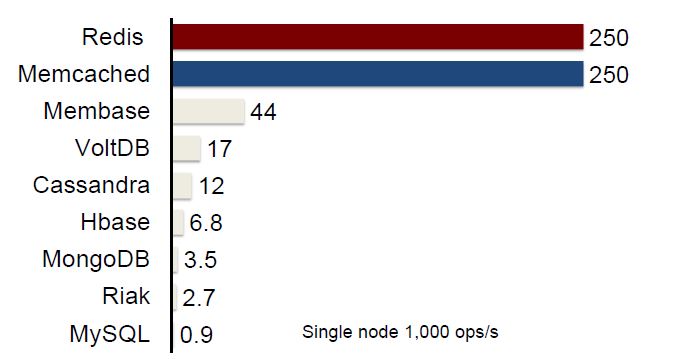For success in a market that’s changing our everyday lives, you have to know how both sides of the Internet of Things must work together for users.
At its annual 2011 developer conference, Google announced it had developed Android@Home. The technology was designed to connect household appliances, making nearly everything in your home controllable by your smartphone. It made news — not because it was a new idea, but because it supported an old one: The Internet of Things was one step closer to becoming reality.
It turned out that Google’s initiative wasn’t quite ready for prime time, but it reinforced a desire people have had since the mid-20th century: smart devices that communicate with one another makes life easier.
This is the essence of the Internet of Things, and it’s quickly becoming reality. Just look at the success of Nest Labs and Amazon’s new shopping gadget, Dash. Some even say the future of machine-to-machine communication (M2M) is past due.
How to Succeed in the Internet of Things
The question then becomes how to ensure your company succeeds in this field. What does it take to become an integral part of a market that has the potential to change the way we live our day-to-day lives?
To even have a chance at success on the bleeding edge of connectivity, you need to know how M2M works and which components make up a successful consumer-facing product. There are essentially two sides to what we know as the Internet of Things: M2M and consumer.
M2M usually refers to the industrial side of machine communication, but it’s still essentially the term for machines — cars, washing machines, and refrigerators — that communicate with one another, usually on a network. The consumer side of the Internet of Things is what the everyday user will see and interact with.
For your product to be successful, these sides need to work together seamlessly to create a frictionless experience that users can adopt in their daily routines. Take Audi, for example. Rather than reinventing the wheel with its infotainment system, the car company chose to enhance the way people already live with technology, making it smarter, faster, and easier to use. As a result, Audi has won numerous awards and eased people into a new way of doing things.
The 5 Components of a Frictionless Connected Experience
To master this seamless experience, focus on these five components of a successful consumer-facing “smart” product.
1. The Hardware: The hardware you create must improve what’s already out there and make people’s lives easier. Before development, consider what type of data you’ll need to collect, how to communicate that data, and how to process it into usable information after it’s received. Whether your device will rely on Wi-Fi, Ethernet, or a cellular network, make sure the hardware will fulfill the requirements.
2. The Software: Once you have a good piece of hardware, the next step is making sure the consumer can use it. It doesn’t matter how great a device is; if it’s hard to use, it’s sure to fail. Consider how your software will integrate with remote devices and how users will interact with the front-end interface.
3. Connectivity: Good connectivity is essential for connecting to the Internet of Things. In the U.S., competing networks and standards can make it more difficult for a product to achieve success if it only supports one network. Creating a single portal with multiple options for connectivity can help ensure a painless and seamless user experience.
For consumer-facing devices, the faster, the better. LTE is winning out in America, but HSPA+ and even WiMAX have support in certain parts of the world. Depending on your needs, different network evolutions like LTE and technologies such as GSM and CDMA can be beneficial, but they aren’t necessarily required. The more you can do to support these various network possibilities, the more effective and accessible your solution can be.
4. Certification: This isn’t the sexiest part of product development, but whether it’s wireless certification from the PTCRB or a security certification, these procedures are essential when it comes to lending credibility to your product and ensuring that it’s standards-friendly.
5. The Business Model: This should be obvious, but developing the right business model is a critical step startups often neglect. Your product may be amazing, but if you can’t reach the price point you need or can’t figure out how to turn a profit, everything else becomes moot.
With each passing year, the Internet of Things inches closer to becoming reality. If you’re looking to break into this field or are struggling to find a profitable foothold, focusing on these key components can help you achieve success and contribute to a movement that could change the world.

